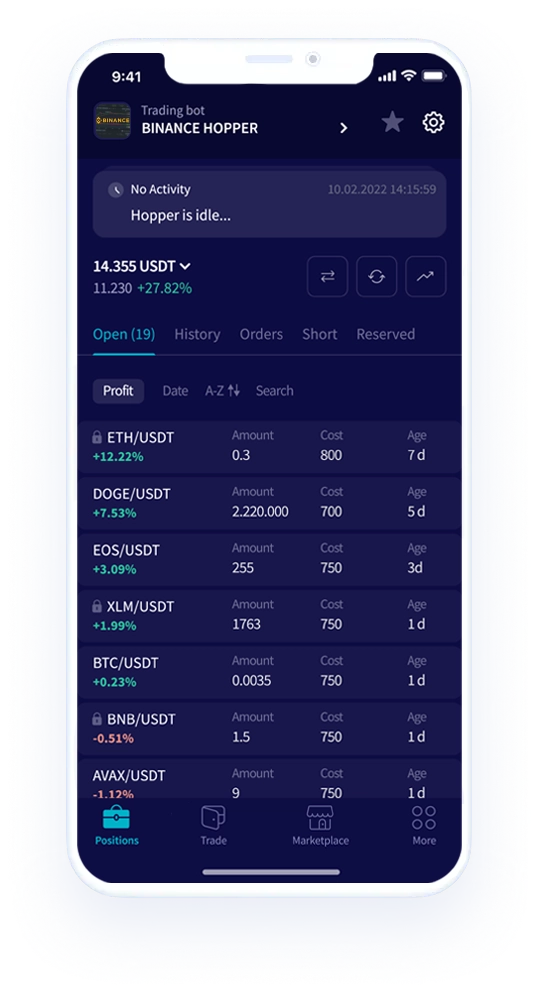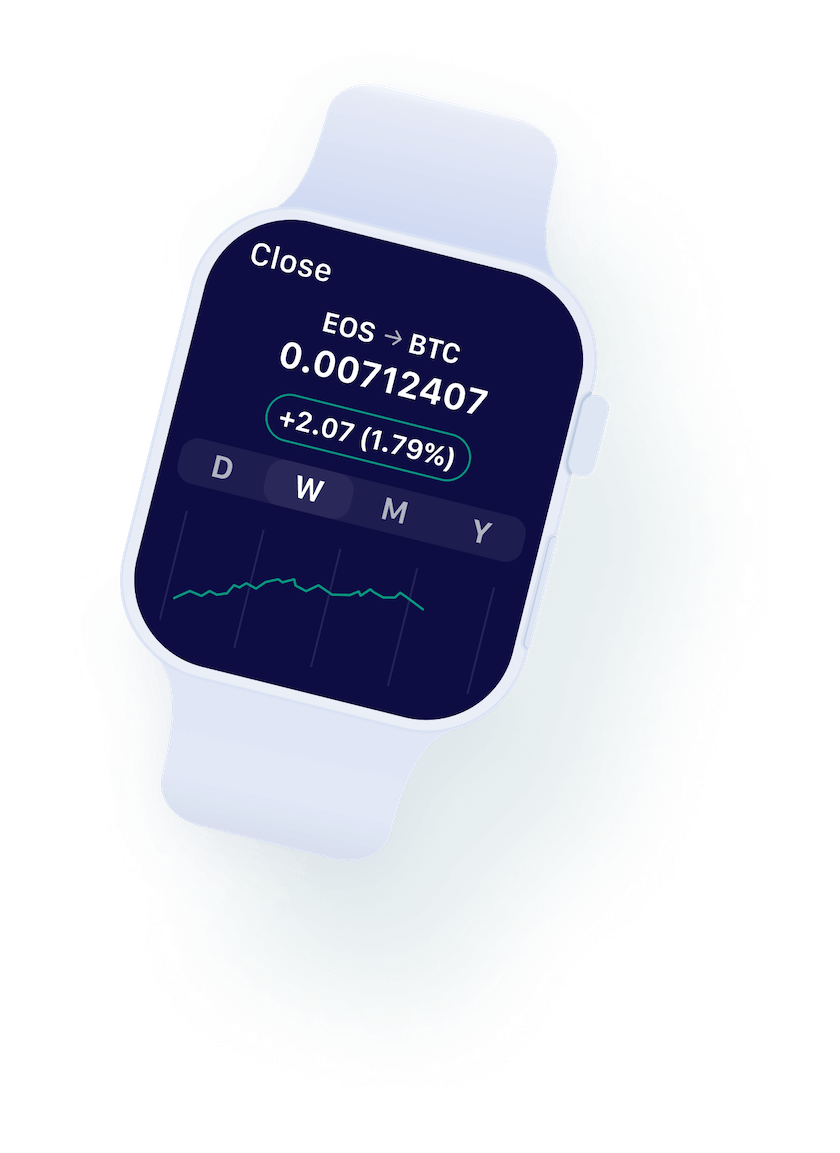Layer 2 projects and technologies refer to scalability solutions for Layer 1 networks.
From a user standpoint, a Layer 2 can provide a superior experience to interacting with Layer 1, usually expressed as fast transactions with extremely low transaction fees.
How the individual projects make this happen for users is different respective to each team’s goals and expertise.
The most common tools in the Layer 2 arsenal include: zero knowledge rollups, sidechains, and sharding. Each of these technologies is different in practice (and in how they provide scalability for Ethereum) but they offer similar user experiences for participants seeking to escape expensive fees during congested times on the network.
For users who are ready to use or are already using on-chain apps in the DeFi ecosystem, it’s getting more and more expensive to do on-chain transactions on popular Layer 1 projects. Plus, with popularity comes network congestion, which impacts the speed of transactions and causes delays.
Key differences between Layer 1 and Layer 2
For a Layer 1 network like Ethereum which boasts the most on-chain activity of any network, the transaction fees (i.e., gas) fluctuate during congested periods and can skyrocket, pricing many users out of simple transactions in DeFi. Similar criticisms can be made of transacting on the Bitcoin network. All the while, the fees are what help secure each network. So the game is: How do you reduce gas costs for users while maintaining incentive for security on the blockchain? This is where Layer 2’s come in.
In general, a Layer 2 acts as a wrapper for a number of transactions, then submits those transactions all at once on the Layer 1 network. Polygon ($MATIC) and Loopring ($LRC) are projects that do this on Ethereum, and Lighting is a project that does this for Bitcoin. Polygon achieves this for users by acting as an Ethereum side chain, while Loopring and projects using Arbitrum and Optimism use the Ethereum layer as security. In this way, each protocol pays the normal Layer 1 gas fees to the blockchain each time they send batches of transactions to Layer 1.
Nuances of scaling solutions
In general, when users are discussing Layer 2s, they’re talking about scaling solutions for the network. It’s important to note here that the true definition of a “Layer 2” is debatable among the community. Some members feel that true Layer 2’s are native to the network they are meant to scale (e.g. Optimism on Ethereum) while others are comfortable bucketing scaling solutions such as Polygon’s Ethereum sidechain inside the “Layer 2” moniker as it presents a very similar Layer 2 experience for users, but maintains most of the security on its own, separate blockchain.
From a user perspective, users interacting on Layer 2 can transact for comparatively lower fees and make transactions that approve exceedingly faster than normal Layer 1 transactions on average. These networks make interacting with DeFi applications on Ethereum and transacting BTC with Lightning much more accessible and show promising implementations of how each Layer 1 can scale users while still generating fees for their validators.
For Bittrex users who are seeking to use their tokens like ETH or other ERC-20 tokens (e.g. UNI, COMP, AAVE) on-chain, you’ll first need to setup an external ETH wallet to receive tokens from. Click this link to learn about withdrawals.
Read more about Layer 2 projects like Polygon and other DeFi updates in our recent DeFi Drop.
The post appeared first on Bittrex.com - The Next Generation Crypto-Currency Exchange.

